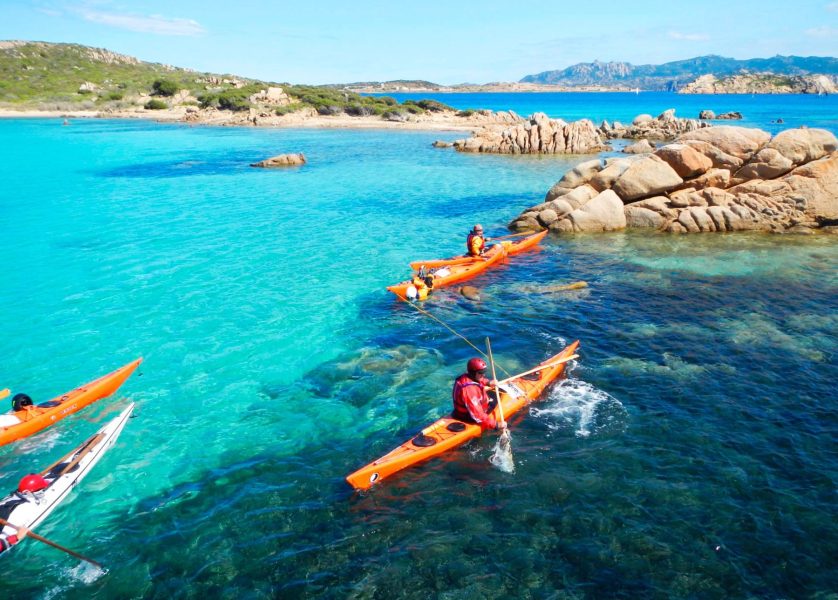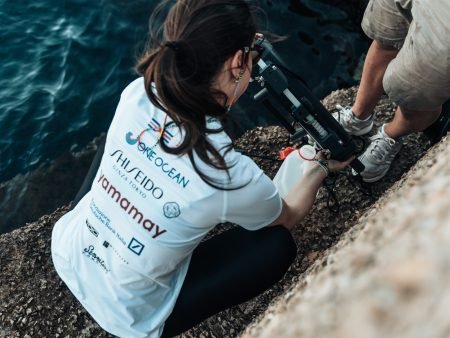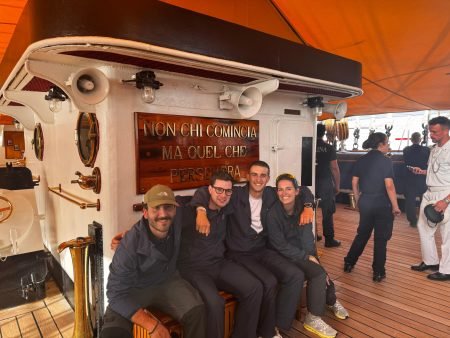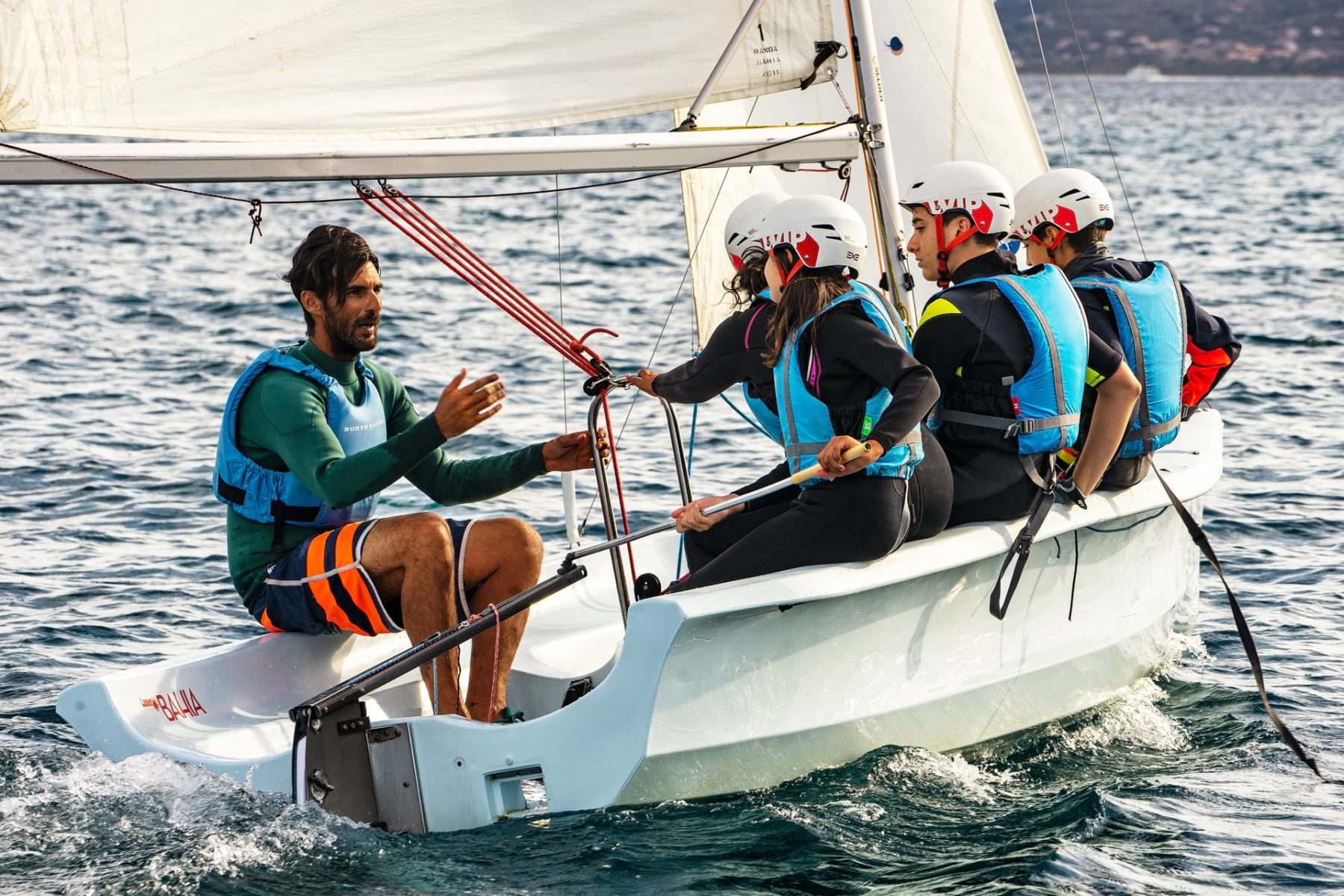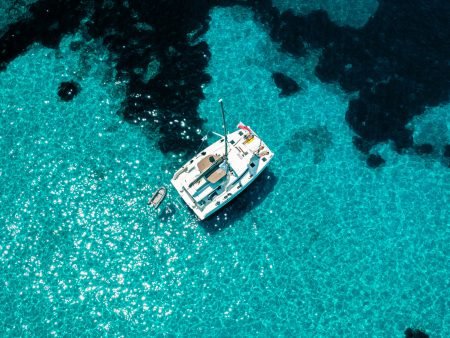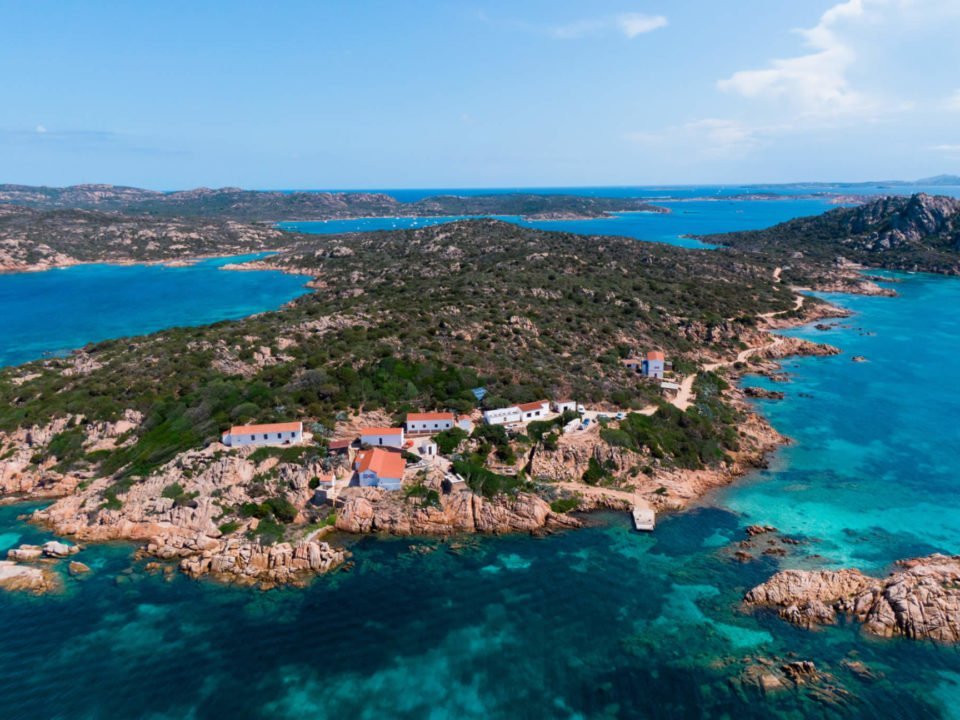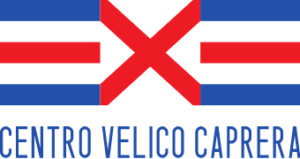2009 miles, 94 days at sea, 25 days forced stopover due to bad weather, 119 days of travel in total.
Guido Grugnola is the first person in the world to have completed, solo and independently, the circumnavigation of the Italian peninsula by kayak from Trieste to Ventimiglia, Sicily and Sardinia. An instructor, trainer and guide for the Italian Canoe Kayak Federation, he is also the founder of Tuilik and an instructor for Centro Velico Caprera. Still on the subject of sailing, he has to his credit important results as a professional racer in the IOR - IMS - IRC and Maxi Yacht classes, as a sail trimmer and navigator with participation in 21 Italian Championships and 16 World Championships and as navigator, sail trimmer and helmsman on board the Rolly-Go during the Whitbread Round the World Race, now the Volvo Ocean Race. In 1985 he was awarded the Silver Medal for Athletic Valour by CONI. In short, we didn't need to look far to bring sea kayaking to Caprera (with the Kayak Inshore and Kayak Explore courses) because we already had the best at 'home'.
You are a sailor but work as a trainer and kayak guide. How did the transition from one activity to the other happen?
I started kayaking as a child and then, during the years of regattas, I always cultivated the sport: every free moment was dedicated to discovering new streams or sailing along less frequented coastlines. Then, mile after mile, I realised that accompanying other people to discover secret bays and share emotions in close contact with the coastline, where it is impossible to get to except by kayak, gave me great satisfaction...
But between crossing an ocean and a three-mile bay, which do you prefer?
They are two very different things but both give very strong emotions. Noticing the presence of a whale while you are on a boat in the middle of the Indian Ocean, because first you smell a strong fishy odour and only later do you see the great remora it creates on the sea when it dives behind a slowly lowering wave, is undoubtedly exciting. But to sail in a kayak at night, when you can't see anything because there is no star, along a wild and unknown coastline and you recognise the sounds, smells and movement of the sea which change according to the type of coastline and the type of territory inside, this is also a very strong and different sensation!
What are the values that kayaking and sailing have in common?
Certainly the pleasure of sharing the sea, an environment of extraordinary richness and unchanged over the millennia, with one's fellow sailors; then the opportunity to make deep friendships, which last a lifetime and remain alive even when it is not possible to see each other for many years. They certainly also share a certain discipline, firstly mental and then operational. Kayaking and sailing also share the ability to distinguish and focus on our state of preparedness to cope with certain conditions at sea; the habit of constantly monitoring the mental and physical health of the crew/group and the state of efficiency of the boat/kayak and its equipment, and the awareness that results only come after an intense and continuous commitment. Finally, both activities - outdoor and outdoors - teach you to carefully define your goals before reaching them and to live unforgettable experiences in the first person. In all cases, sailing and kayaking offer the opportunity to develop qualities that we will use throughout our lives (even in other areas) and the chance to improve the lives of others, even if only slightly. From what I have seen of life so far, I think that both kayaking and sailing are a good investment.
You have circumnavigated Italy by kayak from Trieste to Ventimiglia, Sicily and Sardinia solo and without assistance. Why did you decide to leave?
Around 2010 I decided to take a period of reflection: I prepared the kayak and the equipment and after a few "training" trips with a full load and in particularly challenging conditions I went to Trieste. Here, my friends from the YC Adriaco welcomed me and put a corner of the dock at my disposal for a week to finish the preparations. I left on 27 April 2011 and after 120 days I arrived in Ventimiglia... The Rounditaly Cruise was a very special experience. 2009 miles sailed in a total of 94 days at an average of 21 miles per day and many days stopped by storms. I knew I would meet special people and see special places, but I never imagined the scale of this cruise. Day after day, month after month, sailing from 4 o'clock in the morning (both because the sea at this time is usually calm and we sail better and because we are treated to the spectacle of dawn every day) until 3-5 o'clock in the afternoon, the kayak brought me back into more direct contact with the sea. I saw schools of fish pull in and stop below me, manta rays and swordfish almost touching my kayak as if seeking physical contact and performing repeated jumps in front of my bow, birds circling above me for hours following my movements with their eyes and... I came home different. Not only did I observe the entire Italian coastline, metre after metre (I never cut through an inlet), but I have some truly incredible memories and stories of sailors and non-sailors that helped me discover what I would never have noticed on my own.
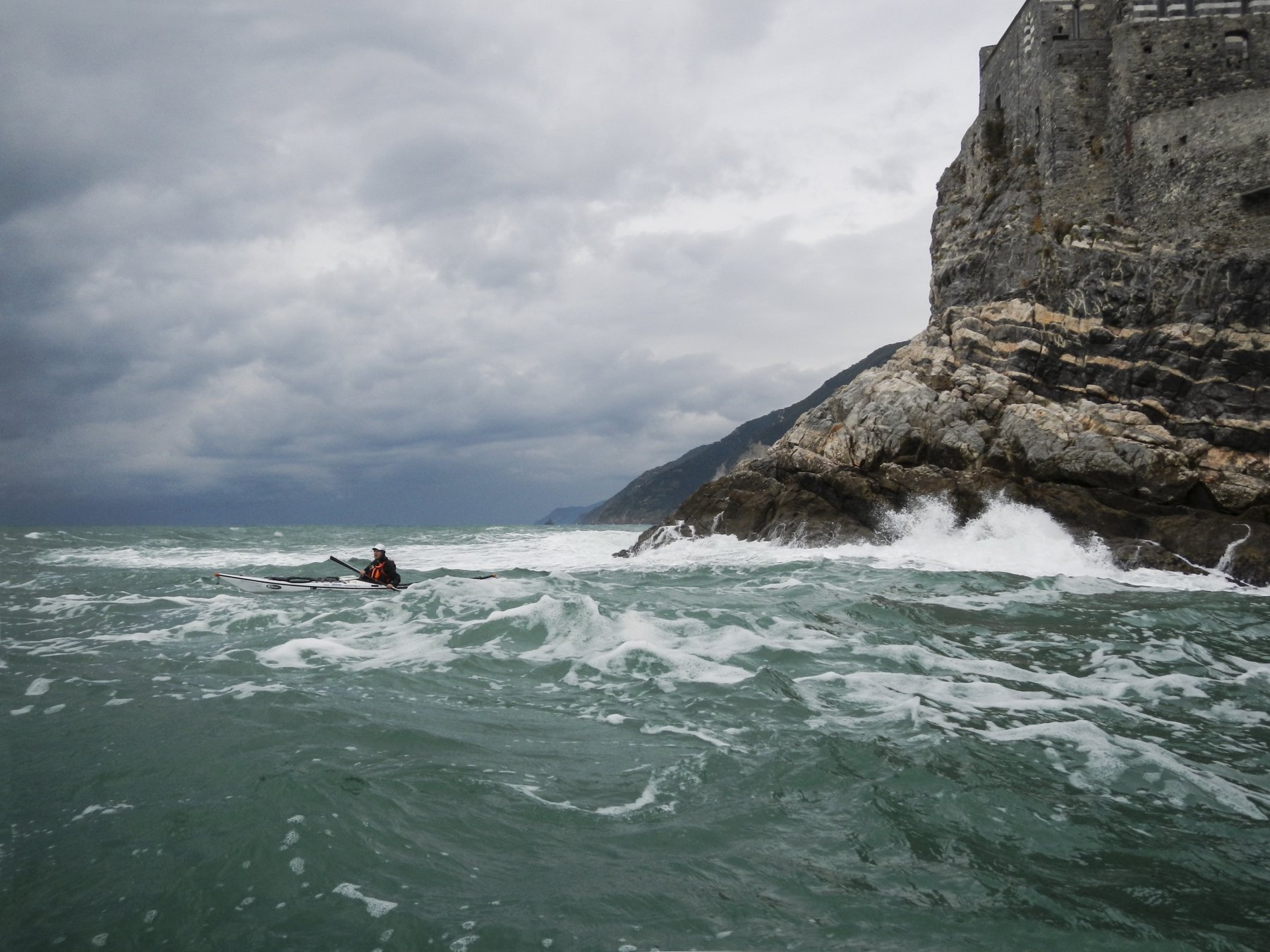
An episode you remember and want to tell?
One comes to mind, perhaps not very heroic, but indicative of the life of a kayaker, because it could resemble an episode that happened to a kayaker 4,000 years ago. During the circumnavigation of Sardinia I was reaching Punta Marmorata, with the aim of entering Santa Teresa di Gallura, where I could stock up on water and provisions. The west wind had been blowing for three days, and I knew that once I got to the small rocks before Marmorata I would have to decide whether to proceed or land on a beach to bivouac. I proceeded slowly, with a lot of air in the bow, and stayed a few metres above the ground to remain sheltered from the sea, which in the channel had already "sent home" the few boats that were sailing in April. When I got to Marmorata, I thought I could go on for the last 2 miles (my personal protocol allows me to go on only when I know I still have physical, mental, water and food reserves for another 5-6 hours of sailing in worsening conditions). I rounded the Cape and reached Santa Teresa, keeping away from the reef, where the sea was now breaking heavily, and found myself, tiny, in the Bocche di Bonifacio, with a declared mistral. My little kayak climbed up endless hilly waves and then slid down, for very long minutes, on waves of giant proportions, infinite when compared to the size of a kayak. At this point I tried to carry on, as I do in these cases, with minimum effort and minimum grip on the wind, and trying to get maximum progress and pleasure in doing so. I entered Santa Teresa after only 2 miles of what I call "washing machine" treatment and then slowed down further. Finally I entered this very long fjord in total calm, almost surreal. The people who generously welcomed me aboard their boat that night, sparing me from pitching my tent, didn't believe that a kayak could enter the harbour from the Channel in those conditions: they were waiting on the quay for the conditions to improve! The moral of the story is that in a kayak, if you have the right preparation, you can proceed even in very challenging conditions. The important thing is to be aware of our vulnerability and then take one small step at a time. On the whole, there are more times when I have had to give up than when I have decided to carry on, alone or with a group, but this also happens when you are in a boat at sea: that is why you need to be a sailor to understand and love sea kayaking! And this is also the reason why sea kayaking is so popular in France in Brittany, in Ireland, in the UK in Cornwall, in Wales and Scotland and all over Scandinavia!
What would you say to those who want to start discovering sea kayaking?
The bare minimum: to sail we must become sailors, and to be sailors we must first learn the techniques. But then what counts afterwards, even to improve, is to sail as much as possible, and if possible to do so with other sailors who are better than us, preferably for several days in a row. Then I suggest that we don't lose sight of the real goal: the sea. The boat, whatever it is, remains a means. As soon as the boat or kayak becomes the end, and consequently the sea the means to use it, we lose our connection with the environment and our ability to analyse and predict conditions or to manoeuvre calmly.

